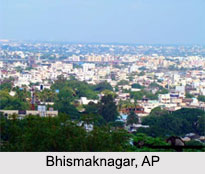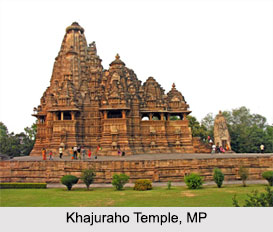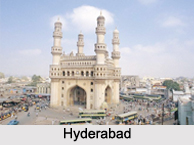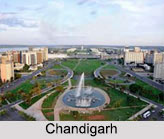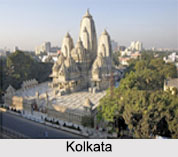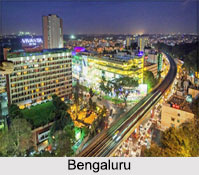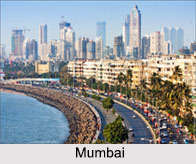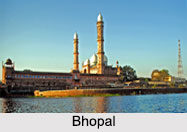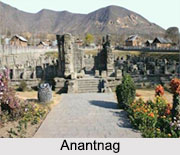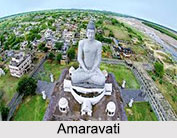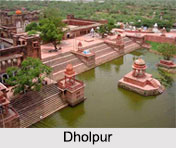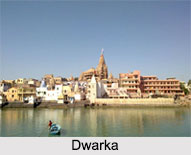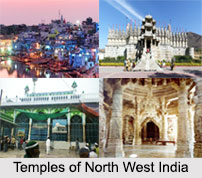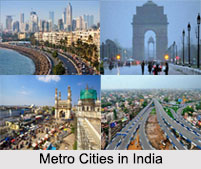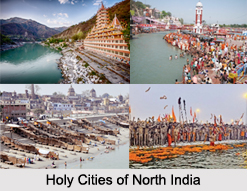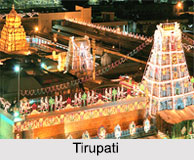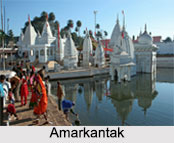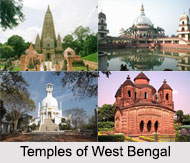Numerous towns and cities have developed in the state of Madhya Pradesh . One such significant place is Khurai. It has its location in the district of Sagar of the same Indian state. For administering this Khurai city a municipality has been established. Strategically it has its location approximately at 24.05° N 78.32° E. It has an average height of 436 meters or 1430 feet.
The discussion of a town or place becomes impartial unless one develops acquaintance with its demographical situation. That is why a handful of experts have identified certain demographical traits that are related to Khurai town. In this matter a special mentioning may be made of the Census report that has been measured in the year 2001. As per this report Khurai has showed a population count of 31,887. Not only that if one wants one also gets to know about males, females as well as children and that on individual basis. In other words in Khurai male populace constitutes 52 % of the total population. However total population of females comprises of 48 % only. In Khurai, children who are below six years of age constitute 15 % of the population.
Literacy rate is an important yardstick for gauging the growth and development of a particular town. Since Khurai`s average literacy rate is 71 % it creates no difficultly in understanding that it is more or less a developed town. It is even higher than that of the entire nation, which constitutes 59.5 %. Both males and females of Khurai have developed orientation to education and learning. Thus 78 % is male literacy rate. In Khurai female literacy is also no less insignificant and thus constitutes and thus comprises of 63 %.
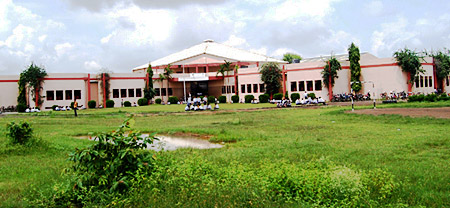 Holy Family Convent School,Gurukul School and G.S.M.V.M Khuria are famous schools that have been built in Khurai. To cater to the needs of high education ,a `Polytechnic College` and also `Science & Arts College` have flourished here. Khurai Another School namely Jawahar Navodaya Vidhyalya is also a part of Khurai education system.
In Khurai few tourists` spots also have grown. One can go to Dohela. Also there is a famous temple for Jains. In the adjacent region also , one can visit tourist locales of Vidisha, Sher Khan-ki-Masjid, Neelkanteshwara Temple, Korwai, Bina and the religious place of Anandpur .
Holy Family Convent School,Gurukul School and G.S.M.V.M Khuria are famous schools that have been built in Khurai. To cater to the needs of high education ,a `Polytechnic College` and also `Science & Arts College` have flourished here. Khurai Another School namely Jawahar Navodaya Vidhyalya is also a part of Khurai education system.
In Khurai few tourists` spots also have grown. One can go to Dohela. Also there is a famous temple for Jains. In the adjacent region also , one can visit tourist locales of Vidisha, Sher Khan-ki-Masjid, Neelkanteshwara Temple, Korwai, Bina and the religious place of Anandpur .
Access points of Khurai also is significant so that Khurai remains connected with other Indian places. Airport at Bhopal, Bina Junction Railway Station and Saugor Railway Station lie in close proximity.
